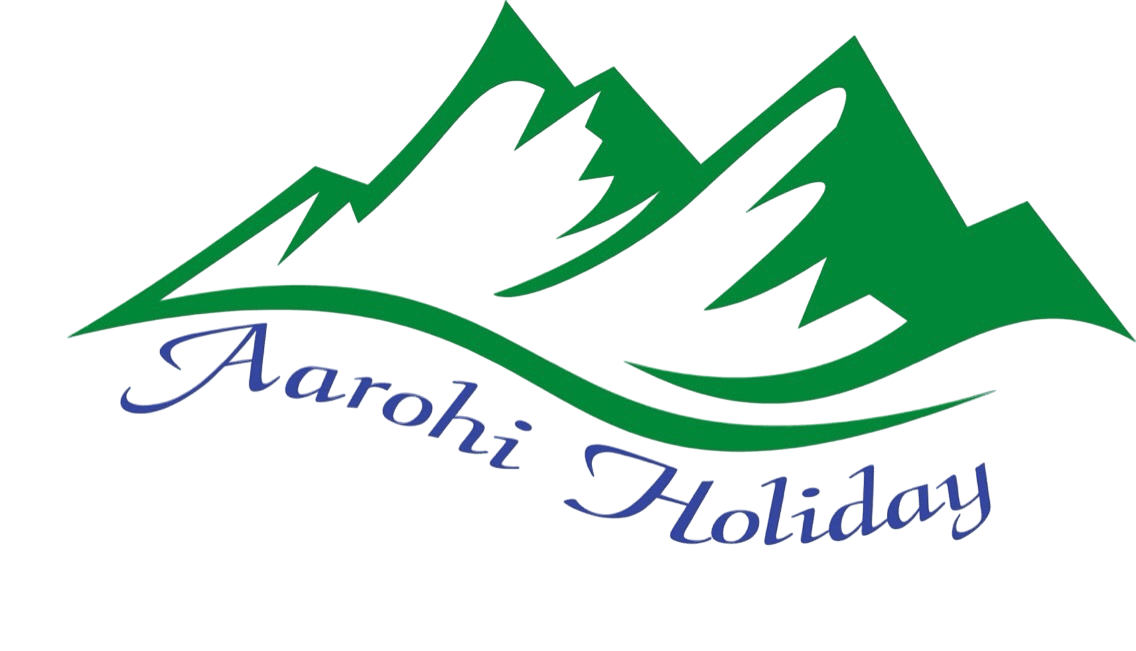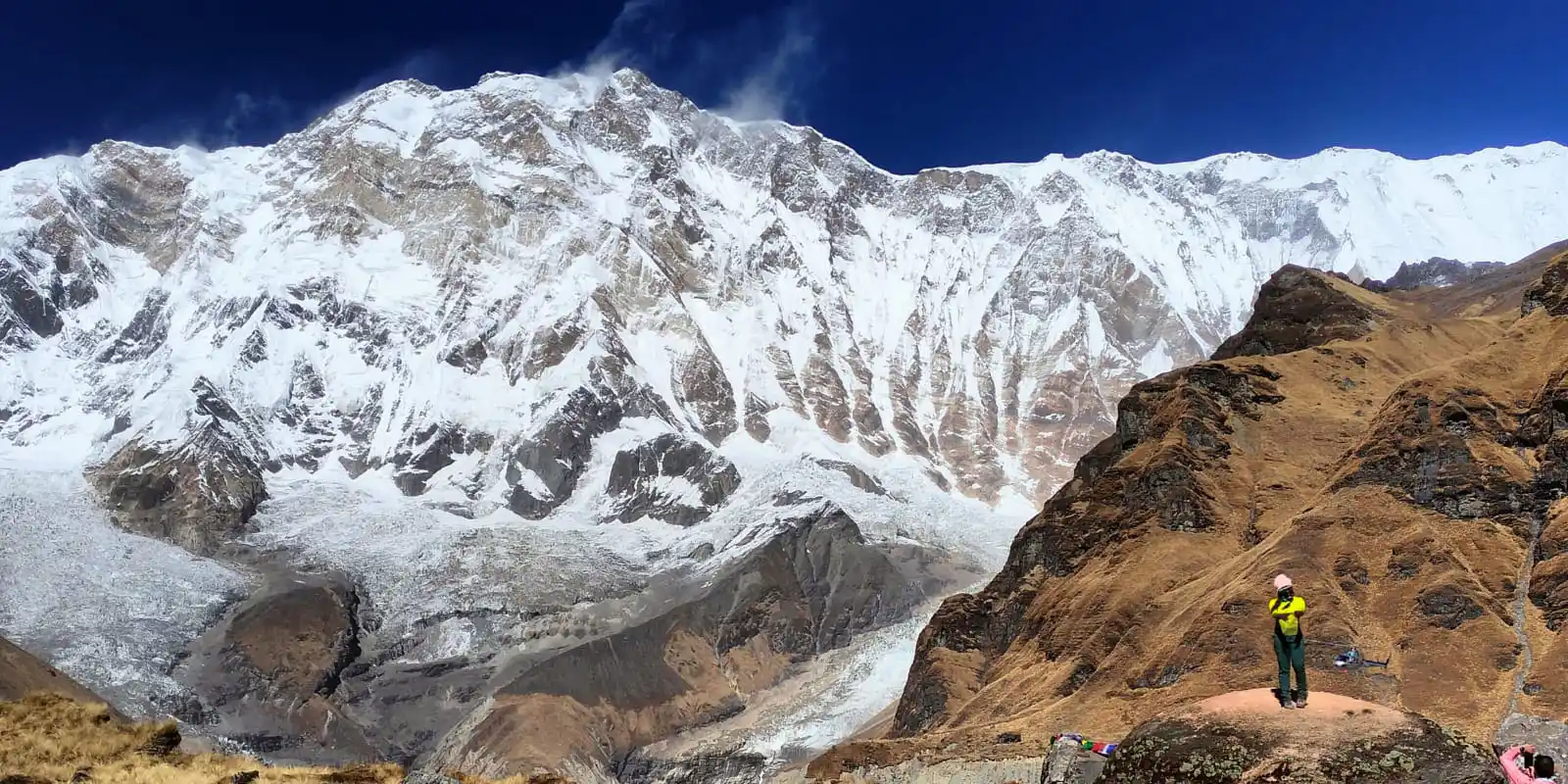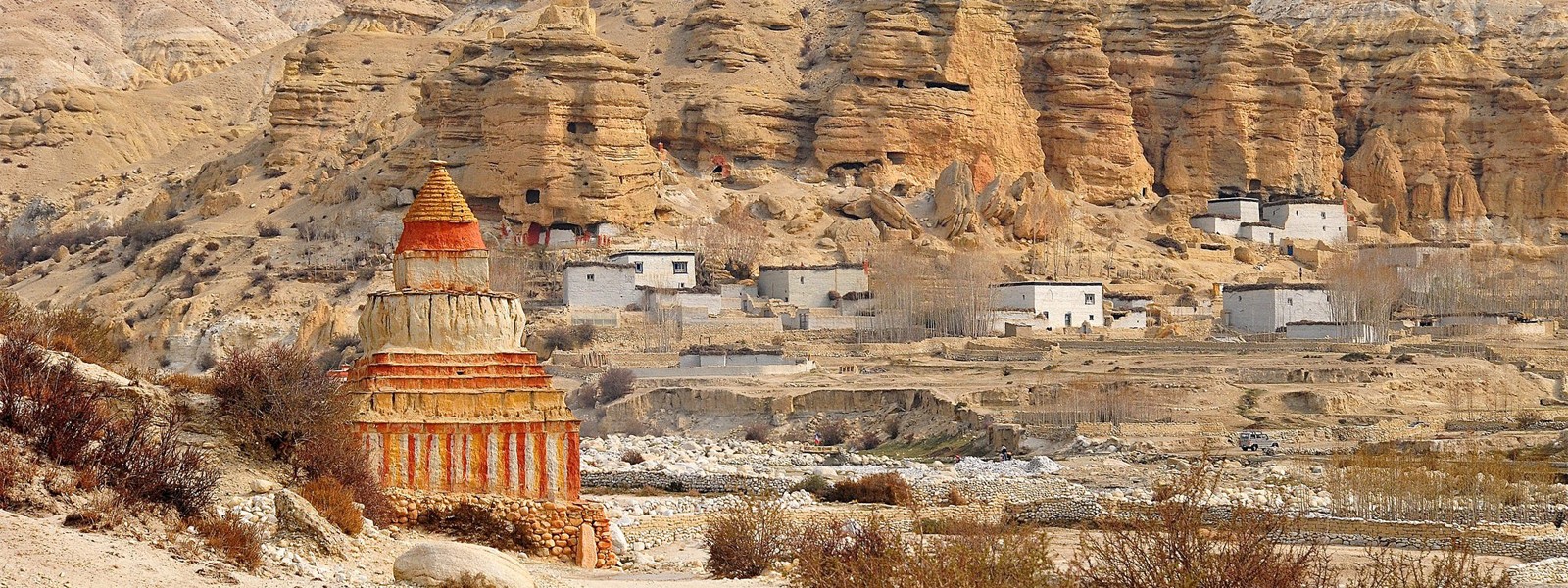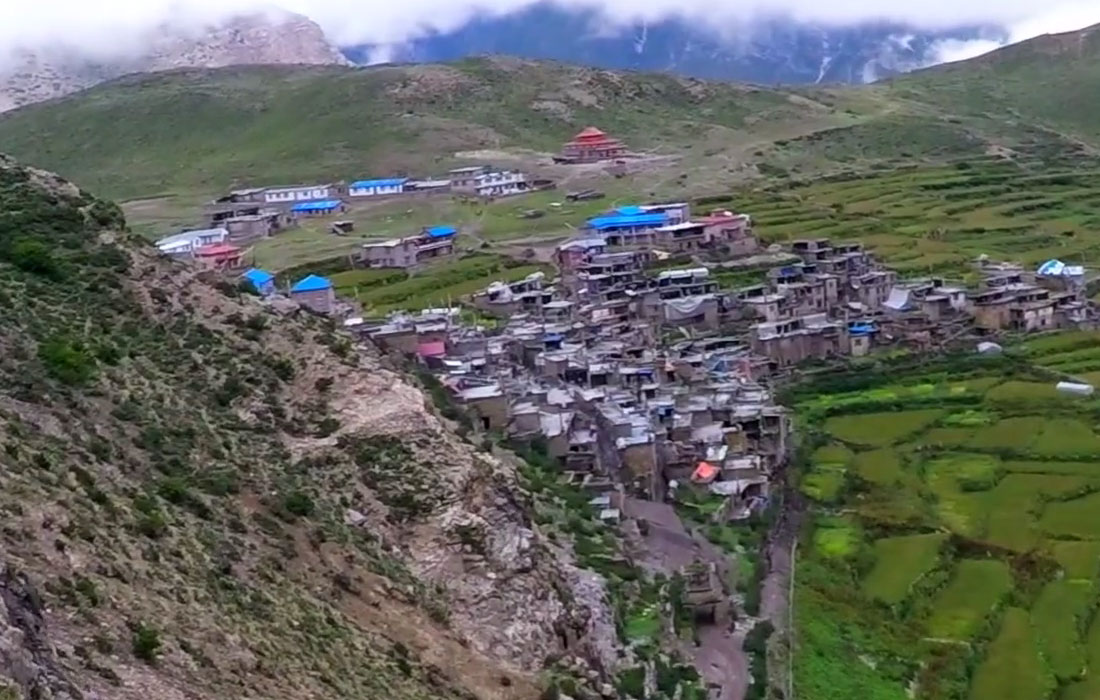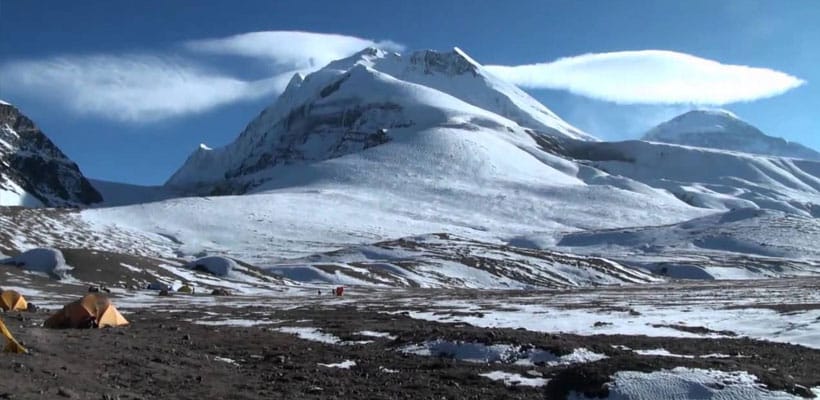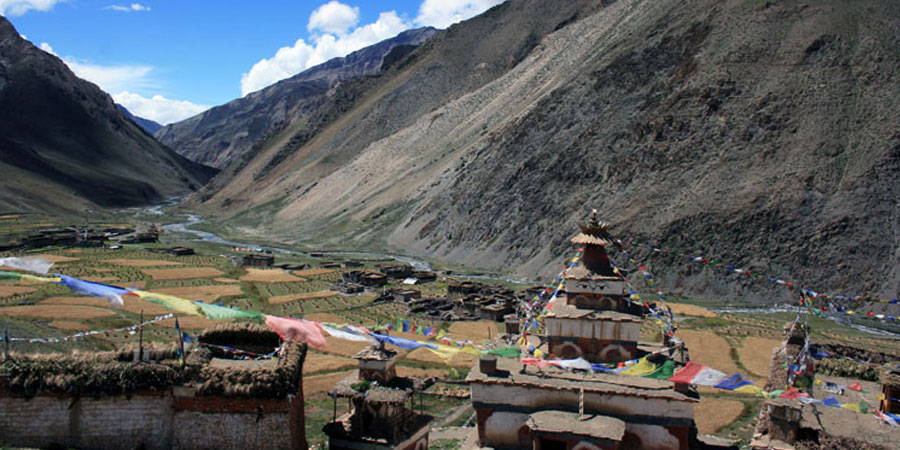US $850
Everest View Trek Overview
True to Its name, Everest View trekking is the tallest mountain in the world with a height of 8848m and is also known as Everest Panorama Trek, Sagarmatha, and Chomolungma. Everest view trek gives you the opportunity to satisfy the desire of seeing the very best brilliant view of Everest and closely study the way of living of Sherpa and other ethnic groups. It is also appropriate for amateur trekkers who have a short time to spend and a unique preference to see the world’s highest mountains. Everest Panorama Trek is a spectacular adventure combined with natural wonders, Himalayan peaks, and hundreds of years old monasteries.
We will also show you the magic of Everest view trekking, where you will surely enjoy the beautiful view of several Himalayan peaks such as Thamserku, Kangtenga, Kusum Kanguru, Kongde, Cholatse, and the main massive Mount Everest. The major attraction of Everest View Trek is the panoramic view of beautiful snow-capped mountains. Everest Panorama Trek will amaze you with the stunning view of four peaks: Mt Everest – 8848m, Lhotse – 8516m, Makalu – 8463m, and Cho-Oyu – 8516m, all of which are above 8000 meters.
We begin our 10-day trip in Kathmandu with a visit to UNESCO World Heritage sites before heading to the most covered region in Nepal. We will surely give you a beautiful combination of stunning Himalayas and the ever-smiling, hardworking Sherpa society and their culture.
Our company is a leading trekking agency in Nepal. We will provide you with everlasting memories and ultimate satisfaction, along with the chance of experiencing the adventure of a lifetime on the Everest Panorama Trek.
Route to Everest View Trek
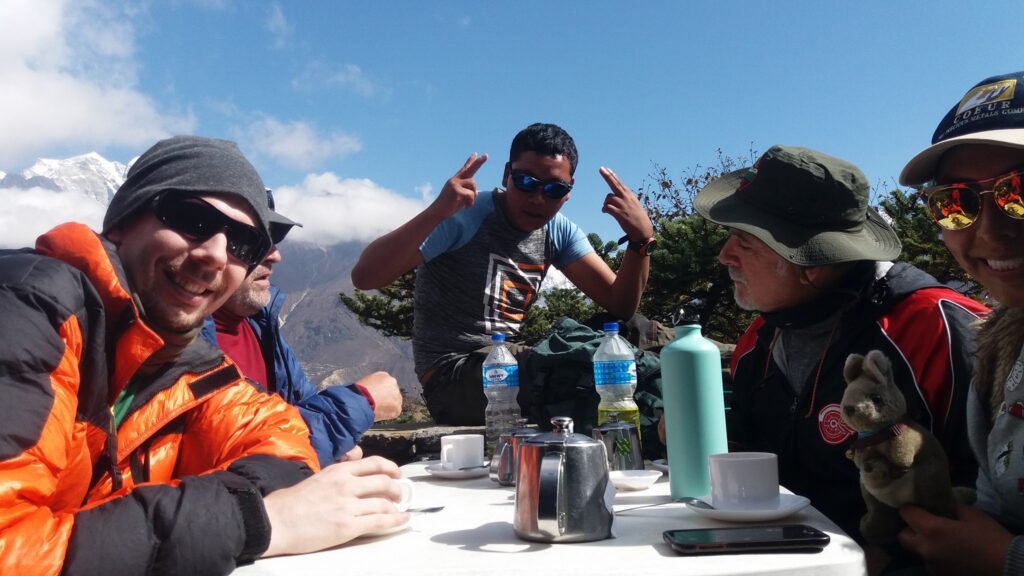
Your Everest View Trek begins with your arrival in Kathmandu (1,345m), where our team warmly welcomes you at Tribhuvan International Airport and assists with your hotel transfer. The following day includes a guided sightseeing tour around the historic Kathmandu Valley, visiting UNESCO World Heritage Sites like Swayambhunath, Pashupatinath, and Boudhanath to give you a cultural glimpse before the mountain journey begins.
On Day 3, a scenic 40-minute flight takes you to Lukla (2,840m)—the gateway to the Everest region. From Lukla, the trek begins through charming landscapes, descending gently to Phakding (2,610m). The trail then leads to Namche Bazaar (3,441m), the vibrant Sherpa capital, where you’ll spend an extra day for acclimatization while enjoying views of Thamserku and glimpses of Everest. You’ll then trek to Tengboche (3,867m), home to the region’s largest monastery and iconic views of Ama Dablam. From there, the trail descends gradually to Manjo and back to Lukla, retracing your steps through lush pine forests and across suspension bridges.
The adventure concludes with a scenic flight from Lukla to Kathmandu, followed by a farewell dinner or final preparations for your departure. The Everest View Trek is ideal for trekkers seeking a short and rewarding journey in the Everest region—offering rich Sherpa culture, majestic Himalayan panoramas, and just the right touch of adventure without pushing to extreme altitudes.
Why Choose Us for Your Everest View Trek
The Everest View Trek is perfect for those wanting stunning views of Mt. Everest and rich Sherpa culture without trekking to extreme altitudes. With many agencies to choose from, here’s why Aarohi Holiday is your best choice:
- Aarohi Holiday is a trusted, government-registered local company with over a decade of experience in high-altitude treks across Nepal, Bhutan, and Tibet.
- Our licensed guides are highly experienced and well-versed in the Everest region, ensuring a safe, informative, and enjoyable journey.
- Safety is our priority—our guides are equipped with first aid kits, oximeters to monitor oxygen levels, and emergency support, including access to oxygen cylinders when needed.
- We offer a clear pre-trek briefing online after booking confirmation to help you prepare, covering everything from the itinerary to gear checklist and altitude awareness.
- Enjoy a hassle-free booking process with secure payment options and transparent pricing—no hidden fees.
- We provide private airport pick-up and drop-off, making your travel smooth from arrival to departure.
- Our 24/7 customer support team is always available to answer your questions and assist you during the trek.
- Comfortable accommodations in local teahouses and lodges with basic amenities are included throughout the trek.
- We support sustainable tourism, employing local staff and helping uplift mountain communities.
- A complimentary porter service is included to carry your heavier luggage, allowing you to enjoy the trail with ease.
Everest View Trek – 2025/26 Group & Private Options Available
Discover the magic of the Everest region without the need to trek to extreme altitudes. Our Everest View Trek is perfect for those seeking stunning Himalayan scenery, Sherpa culture, and peaceful trails—all in a shorter, more comfortable journey. For the 2025 and 2026 trekking seasons, we offer both fixed departure group treks and customizable private options, catering to solo travelers, families, or small groups.
Group treks typically range from 2 to 12 people, giving you the chance to share the experience with fellow adventure lovers. If you’re looking for a more personal touch, our private treks allow full flexibility in pace, itinerary, and travel dates. Bookings are now open for 2025, and early reservations for 2026 are highly recommended. Let us help you plan your ideal Himalayan getaway—just contact our team to get started!
Everest View Trek Alternatives
If you’re considering the Everest View Trek but want to explore other options, there are several great alternatives to suit your time, fitness, and adventure level. The Everest Base Camp Trek with Helicopter Return offers a full trekking experience with a scenic flight back, while the Jiri to Everest Base Camp Trek is ideal for those who prefer overland travel and longer journeys. For quieter trails and glacial lakes, the Gokyo Valley Trek is a fantastic choice. Adventure seekers can take on the Everest Three Passes Trek, or combine lakes and base camp with the EBC with Gokyo Lake Trek. If time is tight, the Everest Base Camp Short Trek or the EBC Helicopter Tour lets you experience Everest’s magic in just a few days or even hours.
